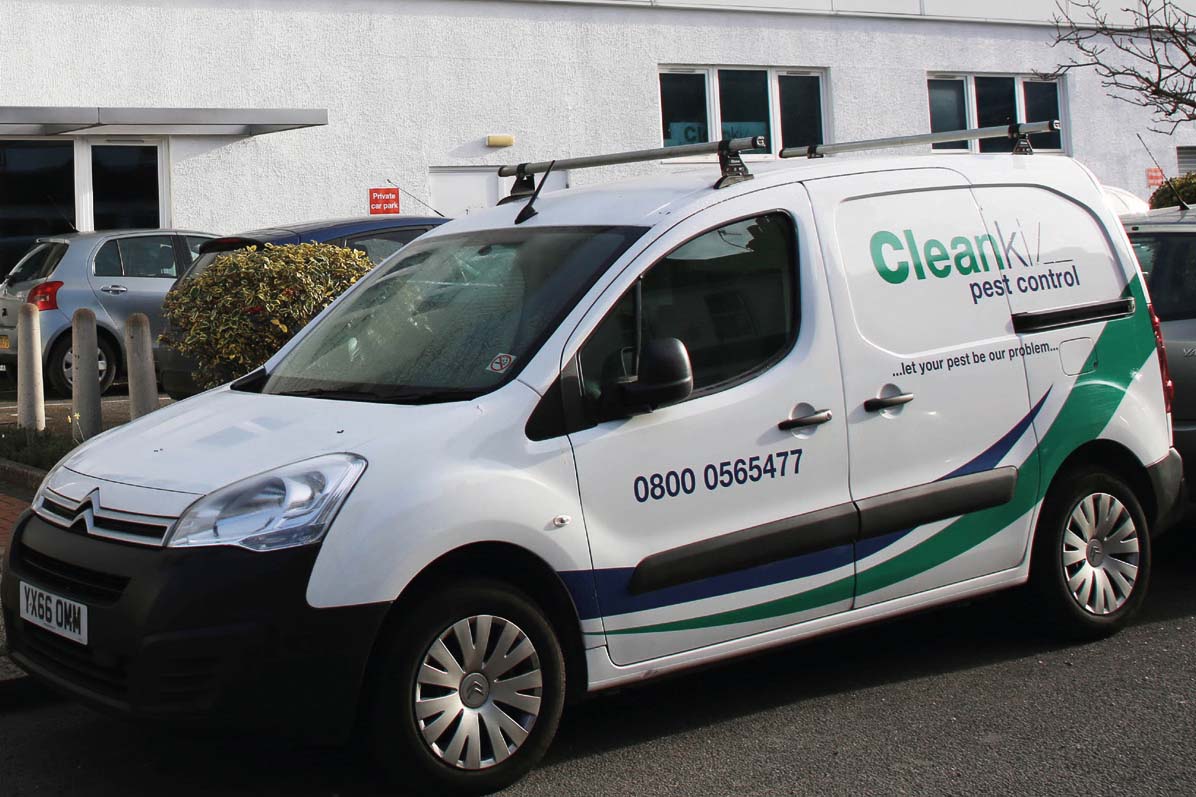
Let’s Do Business Finance examines the many uses for growth loans, and how they can bridge the gap to your business growth
Continued growth is the key to keeping the cogs of any business turning, which is why many enterprises across the UK consider growth loans when reassessing their finance.
2021 saw bank lending to SMEs return to pre-pandemic levels from the record high in 2020, due to the ending of government-backed schemes such as the Coronavirus Business Interruption Scheme (CBILS) and Bounce Back Loans (BBL), which enabled enterprises to secure vital funds needed to survive amid the worst of the pandemic.
With strong business investment growth forecast for 2022, many businesses in the UK are expected to now be reviewing their long term goals and considering business finance, reassessing what is needed for them to grow.
Even pre-pandemic, business loans were extremely common; enabling business owners to retain full control, while using the finance to support their own business growth and development. Available from a wide range of institutions; from high-street banks, to Community Development Finance Institutions (CDFIs) like Let’s Do Business Finance.
Many business owners may not realise that growth loans can help with tackling a wide array of issues, and that they often provide the answer on how to unlock further business expansion due to what they can be used for.
Every business is unique, faced with its own challenges and barriers to growth and expansion. Growth loans can be used for a wider range of business needs than most would realise, with loans in recent years from Let’s Do Business Finance having been used for purposes varying from expansion of operations, upscaling sales and marketing, staff acquisition, to sourcing new business assets and equipment.
The UK’s 5.6 million smaller businesses generate £2.3 trillion of turnover, employ more than 16 million people and are responsible for emissions of more than 120 million tonnes of carbon dioxide equivalent per year, but external finance can help smaller businesses contribute to economic growth while reducing their environmental impact.
Growing your team and finding the right people to help to grow your business was already a difficult landscape to navigate for business owners, but this combined with a strained recruitment market post-pandemic, where many companies are struggling to fill their vacancies, can seemingly put a cap on growth potential.
For in-house design and ethical clothing company AYM in Lewes, this was the very challenge owner Alie Mackintosh was facing. The brand had caught the attention of prominent influencers like Kim Kardashian and Hailey Bieber and was experiencing unprecedented growth. This resulted in the need to recruit a competent new seamstress to keep up with demand and enable to AYM to stick to its brand ethos of putting people and planet first, with the payment of a fair living wage to its team members, while working towards the goal of achieving zero waste by evolving their processes, all made possible with a loan of £70,000.
Most commonly, growth loans are used for a business to expand its operations. This will mean different things to individual businesses; it could be a whole new premises, an extension which allows space for new machinery, or more space for customers to sit. In recent years, Let’s Do Business Finance aided Kent restaurant Stark in securing finance to expand their business and open the doors to its second establishment, Stark Dos, due to the booming popularity of its first restaurant, which saw bookings soar and the earning of Michelin-Star accolade.
Another popular use of growth loans is using the injection of funds to invest in your front end operations, like an attractive and functional website to improve online sales, or developing your SEO to reach your customers. Scaling up your sales and marketing strategy sometimes requires significant investment. This was the case for Laptop Station from Eastbourne Enterprise Centre who, with a growth loan of £50,000, was able to use it for just that. With the pandemic affecting its growth, the company re-strategised to focus on providing technical
support and widening its target market with their new website.
Many businesses acquire growth loans to invest in their assets, enabling them to quickly boost output and serve more customers.
With a business loan from Let’s Do Business Finance, Californian Classics in Hastings was able to expand its operations by purchasing specialist machinery, that resulted in its ability to increase production levels and raise the quality of its service to its clients. As well as helping Californian Classics to bring all elements of production in-house, the funding resulted in the business being able to expand its team with two new staff members and the safeguarding of nine jobs.
Whatever the size of your business, a growth loan may be the key to unlocking your potential. Whether your growth lies with your team, your equipment or an expansion of your premises, with a vast number of lenders out there, a growth loan is a great option to get your business future ready.
Let’s do Business Finance loans are typically repaid over terms from three to seven years years and are available to businesses that have been operating for 24 months or longer, with loan amounts ranging from £10,000 - £100,000, subject to satisfactory credit and affordability checks and depending on the lender.
If you’re ready to grow your business but are unsure if a growth loan is right for you, get in touch by emailing info@ldbgroup.co.uk or visiting us at www.letsdobusinessfinance.co.uk





